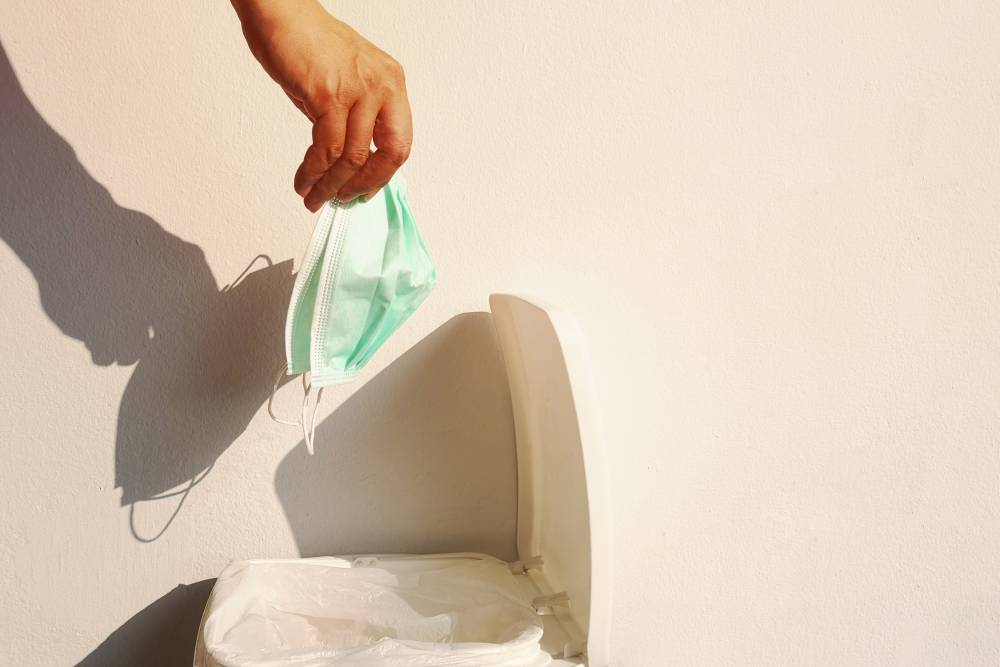
Setting out to write this story I thought it would simply be a matter of checking a few websites and confirming information with the official sources. But the reality was far more complex. It was even difficult to grasp who is required to wear face masks at this time, where circumstances are changing so rapidly, and guidance is being updated quickly to suit altered conditions.
The government has a herculean task on its hands communicating important, complex information to a broad audience during a highly fluid situation.
But with the government’s resources, they should be doing better at providing guidance on a question as simple as the one we pose in this article.
What does it say about the government’s priorities towards aged care when it’s so difficult to find the answers to simple, but vital, questions during this crisis?
To offer some guidance, here is what we were able to discover.
Aged care workers in Melbourne and Mitchell Shire are now required to wear face masks during any interaction that involves a resident.
This measure has been taken to provide an added layer of protection for both staff and residents as COVID-19 wreaks havoc across aged care homes in the area.
Visitors, including families and clinical guests, to the homes in these areas are also required to wear face masks at this time.
Victoria’s Department of Health and Human Services has provided guidelines for the correct use of masks during Melbourne and Mitchell Shire’s ‘stage 3’ measures.
In these circumstances, the DHHS recommends that masks should be worn for no longer than four hours, and they should be changed if they become soiled, contaminated, damaged or damp.
The DHHS makes the following recommendations on the use of masks during the crisis.
Anyone who is visiting an aged care facility should be asked to bring their own mask. If they don’t have one, the facility should consider providing a single use face mask for the visitor to wear during their visit.
When surgical masks are worn, it is important that they are used appropriately otherwise they may not provide the level of infection control required.
The World Health Organisation has provided the following guidelines for the correct use and disposal of face masks in healthcare settings.
Surgical masks are designed for single use only, and therefore, they should be replaced after every use, the guidelines say.
Masks should also be replaced if they become damp or humid.
The WHO guidelines make the following recommendations.
– Ensure the mask is covering the mouth and nose.
– Tie the mask securely to minimise any gaps between the face and the mask.
– When in use, avoid touching the mask.
– Do not touch the front of the mast when you are removing it. Remove the lace from behind.
– After removing the mask, or if you inadvertently touch a used mask, clean your hands with an alcohol-based hand rub. Use soap and water if your hands are visibly soiled.
– Replace masks with a new, clean, dry mask as soon as they become damp or humid.
– Do not re-use single-use masks.
– Discard single-use masks after each use and dispose of them immediately upon removal.
We’d love to hear your thoughts on these guidelines and what you have experienced in your workplace.
Image: chanida_p2, iStock.